In praise of borders – and eight to cross before you die (or are shot)
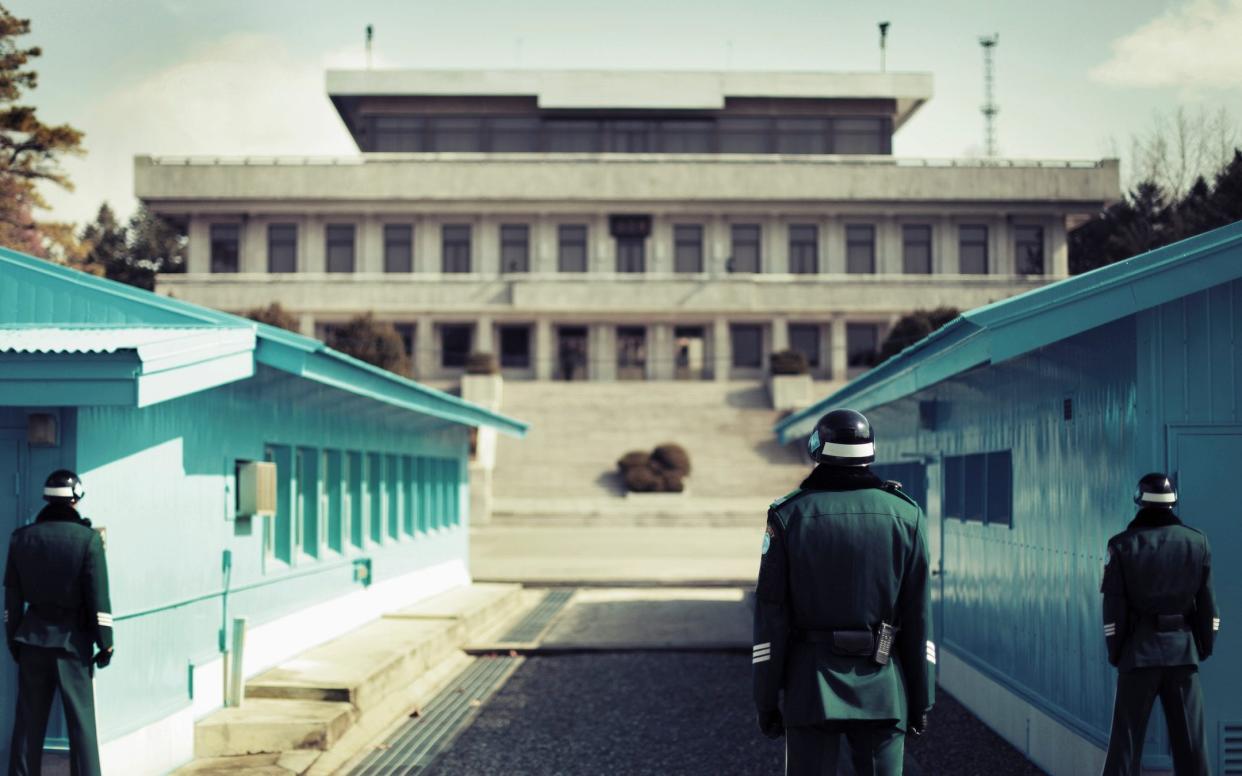
“You couldn’t keep any secrets for five hours in this border town,” writes Graham Greene in the 1938 story ‘Across the Bridge’. The narrator is in an unnamed town on the Mexican side of the US/Mexico border. “There was no interest in the place for anyone; it was just damp and dust and poverty, a kind of shabby replica of the town across the river: both had squares in the same spots; both had the same number of cinemas. One was cleaner than the other, that was all, and more expensive, much more expensive.”
There are shoeshines, a stray dog, the comfort of strangers, no good hotels; a car dealer fails to show up. This being Greene there’s a a fugitive millionaire and a couple of agents on his tail. There is languor; there is tension.
I read Greene’s story years before I crossed the border from Tijuana into San Diego – by accident, as it happens, because the bullying traffic jostled me and siphoned me over. I did a speedy U-turn and came right back to Mexico. Give me danger and dodginess over a zoo, every time. I was interested in seeing the US, not visiting it.
During the next couple of days I’d find vantage points to look across, over the satellite dishes and antennae on the roofs of gimcrack apartment blocks built on the worst side of town, into the land of the free. And then I’d look around me. Compare and contrast. California was once one long territory from the bottom of Baja up to Oregon. The border – a fence, a river, barriers and the machinery of police and customs – cut it in half, as they do the history of the two Americas.
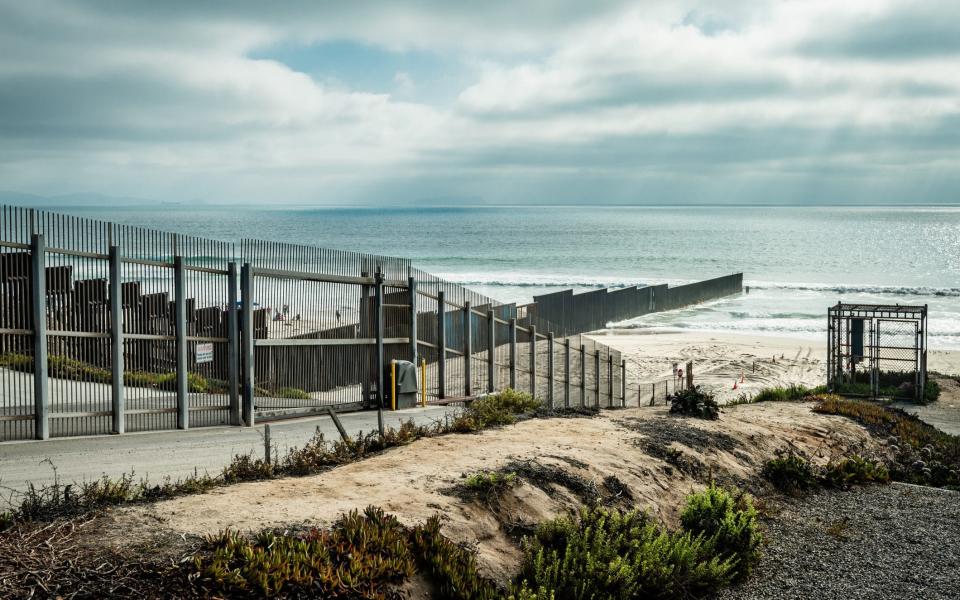
I hate nationalisms, but I love borders. All of them. I enjoyed having my EU passport because it gave me an escape from here, the option to maybe decamp for years, maybe for good. But I missed borders. When I first travelled round Europe, in the Eighties, with a rubbishy one-year passport, I remember being stopped everywhere. Trains were checked, bags were emptied. On a train at the East/West Berlin border, the walls were lifted off carriages to check for smugglers and their stash. You got big, bold stamps at countries that were then part of the Eastern Bloc. You got turned away.
Borders are fascinating partly because they are pathetic. Human societies build their bulwarks, flesh-tearing barbed wire and searchlights, and governments employ grim-faced jobsworths to staff their border posts. As you’re crossing, you become momentarily alert to history and political geography, difference and discord, and this weird thing called culture, which is tied to language, and food, and cuisine, but is more than the sum of its parts. That was always the thing with the EU; the Euro was handy but what if food became a kind of Euro too? It didn’t, mercifully. Soon we’ll be getting stamps again. Covid-19 has made open-plan look dated.
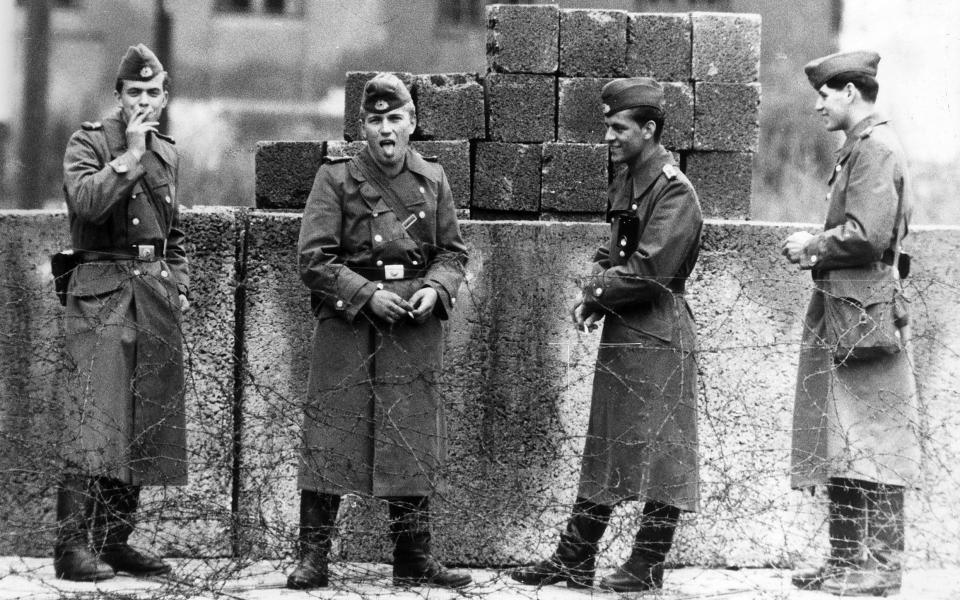
At La Quiaca in northwestern Argentina, there’s a semi-open border with Bolivia. Indigenous and mestizo residents jog back and forth all day, doing business, buying goods, seeing family. On the triple-border shared by Brazil, Argentina and Paraguay, there are no checks; it’s said Al Qaeda use the easy crossing. Contraband powers the Paraguayan side. Across Latin America, where I’ve done hundreds of borders, you still get two-peso colonel types in sunglasses and tashes, dreaming it’s still the Seventies. You have to be tolerant and pet their whims. Many countries are only 200 years old; borders are insisted upon, the names of mountain passes taught in schools.
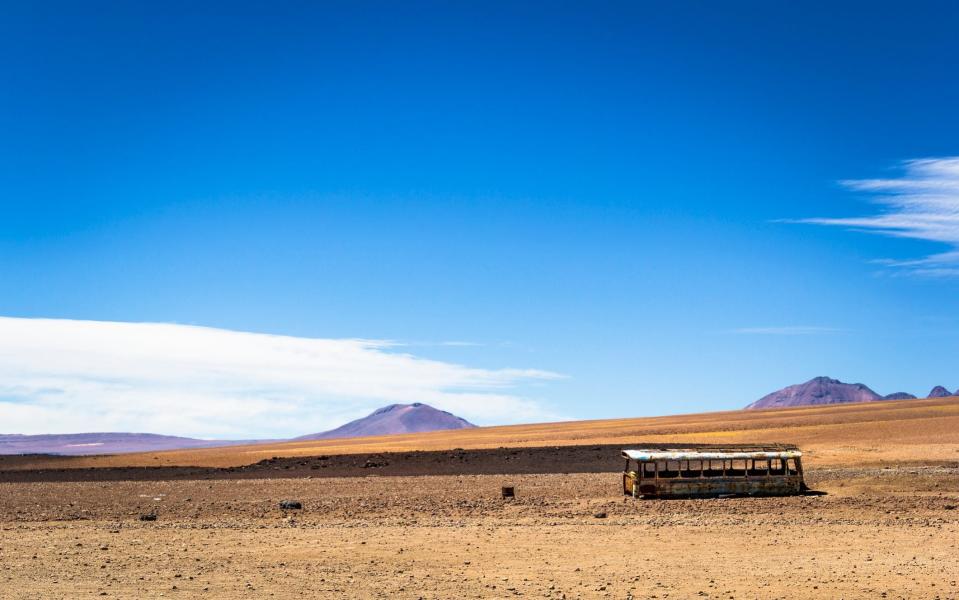
The railway station on the Chinese side just after crossing the Russia/Manchuria border, Manzhouli, is a cavernous sort of place. I detrained with dozens of other passengers to queue and get my stamp. It was deep into the night, cold and the city – wherever it was – lay sleeping. How could it not feel significant? I stopped there about a decade ago, well past the time when European borders lost their Cold War curtains. Russia and China remain cold countries for Westerners, and it was a chilly spring when I crossed; there was a sense of stepping from a dying superpower into a rising one, nations alien to one another, not even united when they shared a common enemy and creed.
It was noisy even in the small hours; after taciturn, distant Russians, the Chinese were extroverted, full of energy. They were younger. I know, travel writers have been making these kinds of fallacies of composition since time immemorial: but the border is the aptest place to engage in this. I had swapped taiga, vodka and Tolstoy for desert, tea and the Little Red Book.
It’s often said the journey is better than arriving. Borders make me more thoughtful than do capital cities. Greene – the poet of borders – spoke for himself when he wrote: “Our interest’s on the dangerous edge of things.” Where nations come to their end, fictions fade and histories run out of energy to come to dust by the side of the wall. To travel there is akin to finding yourself on a map the size of the whole planet. At each border you put myths and memories behind you. Then you step over the line and start all over again.
Eight borders to cross before you die – or are shot
The DMZ, the two Koreas
An enduring symbol of the Korean war, this fortified frontier – intersecting the 38th parallel north – is just 30 miles north of Seoul. You can see it on a tour but not cross it.
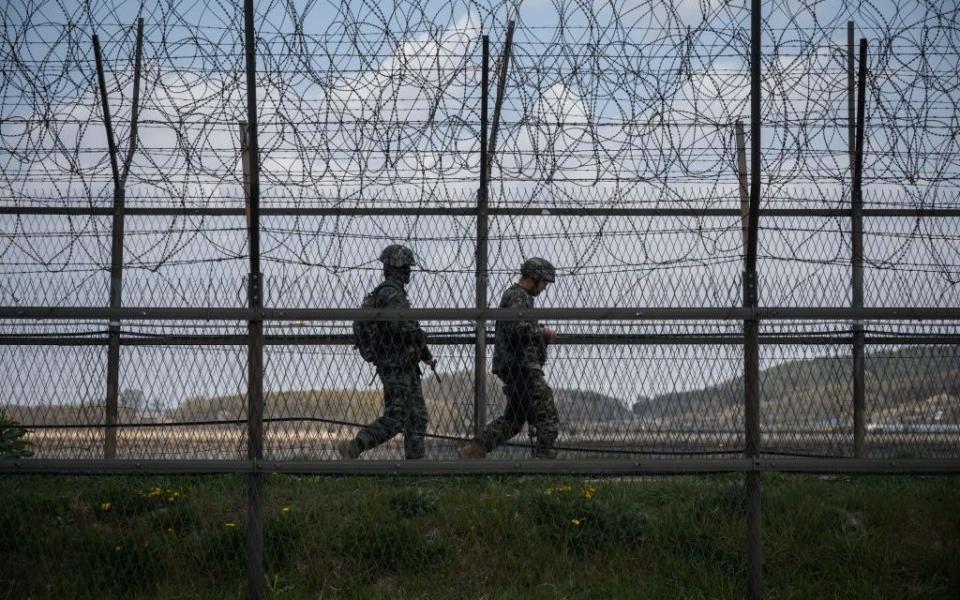
La Frontera, Mexico and USA
Sex and drugs and rock n roll; or, more accurately, bootleg Viagra, meth, and Mexican corridos. This 1,954-mile border, comprising a river, sections of steel fencing, walls, natural barriers, road and rail crossings, detention centres and lots of gaps, has been here since 1848; its present-day trajectory was fixed in 1970.
Hadrian’s Wall, Not Quite Scotland
People like to think of the Roman wall – built around AD117-122 – as the frontier between Roman Britain and the barbarian north; it lies entirely in England and runs 68 miles south of Scotland at Wallsend, Tyne and Wear.
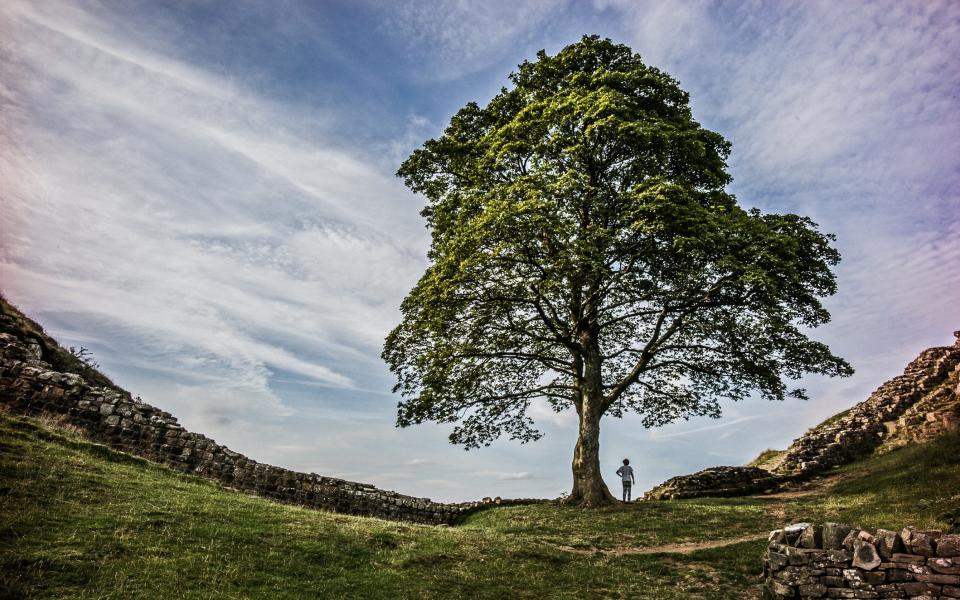
Darién Gap
The notoriously impassible 100-mile wide natural border cuts the Panamerican Highway, and the Americas, in two.
Israeli West Bank barrier
At Bethlehem, city of universal peace, stands this controversial and contested barrier. Look out for border guards dressed as if by video gamers, swinging Uzis and eyeing mothers through their designer shades.

Bosphorus Bridge, Turkey
This impressive suspension bridge (one of three spanning the Bosphorus river) is used by up to 180,000 vehicles every day. When it opened in 1973, it was the fourth longest suspension bridge in the world. Trains use the Marmaray Tunnel, opened in 2013; in the days of the original Orient Express, a ferry transported passengers from Europe to Asia.
Berlin Wall memorials
“We could be heroes!” And villains. When it separated West from East Berlin, the double wall with its barbed and mined no-man’s land and sentry posts was one of the most potent symbols of human failure on the planet. The East Side Gallery is the longest surviving section, while the memorial in Bernauer Straße is atmospheric.

The Moroccan Western Sahara Berm
One of the many straight lines that cut up Africa, this de jure sand border lies between Morocco and the disputed territory of Western Sahara. For security reasons, the FCDO “advises against all travel to areas of Western Sahara within 30km north/west of the Berm; areas of Western Sahara south/east of the Berm”.
Read the Graham Greene story online.


